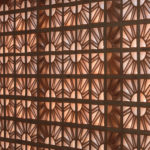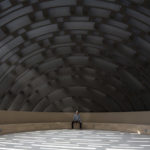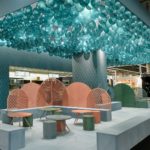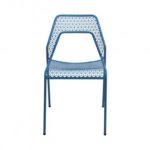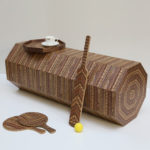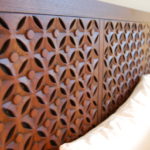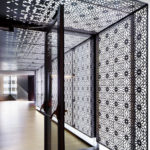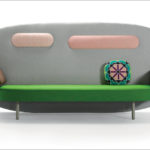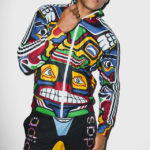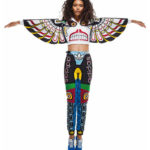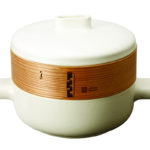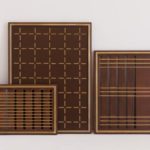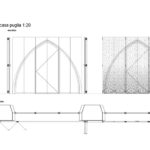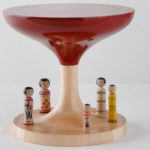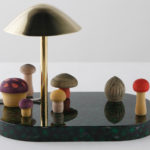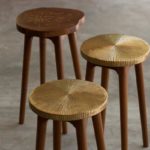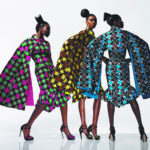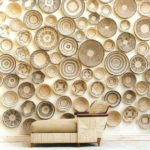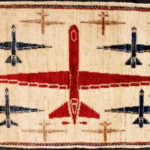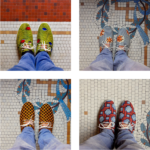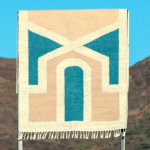Western design has effectively permeated the global aesthetic culture. You can go to any country in the world and see either the influences of Western design, or the objects of Western design themselves (iPhones, cars and SUVs, Nike sneakers, glass skyscrapers, Coke cans, high heels and sport coats, bicycles, sunglasses, etc). North American and European designers have been stylistically colonizing other cultures for decades now, to where it is very rare (and delightful) to see something truly unique come out of a non-Western source. Because there is a certain homogeneity emerging with this global design aesthetic, it is a breath of fresh air to see something imbued with the actual culture of where it originated. Like a wine’s terroir, it is extremely satisfying to not only connect with an object on the user/tool level, but also at the cultural level; to immediately get a sense of the unique geographic and ethnographic ingredients that went into the crafting of that object. Too often, what we see offered from non-Western countries are simply mirrors of the Western aesthetic, parroted back to us with minor editing (Sony design has historically seemed to embody distinct elements of the Japanese culture, but can anyone say the same for Samsung and the Korean culture? Or Huawei and the Chinese culture?) The 50 examples shown in this post represent countries as diverse as Japan, Persia, India, Indonesia, Pakistan, Greece, the countries of Africa, and the Native American culture. They build on those societies’ rich history of hand craftsmanship: weavings, patterns, ceramics, textiles, prints….in many cases story-telling through craft. But they are modern reinterpretations of those crafts, blended with the Minimalism and Modernism of the global design aesthetic. In many ways, these examples represent both a clash of cultures and a blending of cultures at the same time. For example, the War Rugs from Afghanistan depict the reality of modern drone warfare in the beautifully woven tapestry that is that region’s tradition. The Native American themed sports wear from Adidas borrows from the rich tribal tradition of totems, but realized in modern printed nylon track suits (and not without controversy). Less on the clashing end of the spectrum, several examples show how the intricately carved screen patterns of Middle Eastern culture become incredible macro-scale architectural features in modern construction. We especially love the Spiro speaker from Thukral and Tagra in India…this is a concept that absolutely NO Western designer would conceive of, and it absolutely looks like it emerged from the soul of an Indian designer. Bravo. So designers in non-Western countries: we have enough Apples over here, please show us what is special about your part of the globe!
For related trends, also check out Exaggerated Craft, Modern Form/Primitive Material, Re-purposing, and Era Clash


